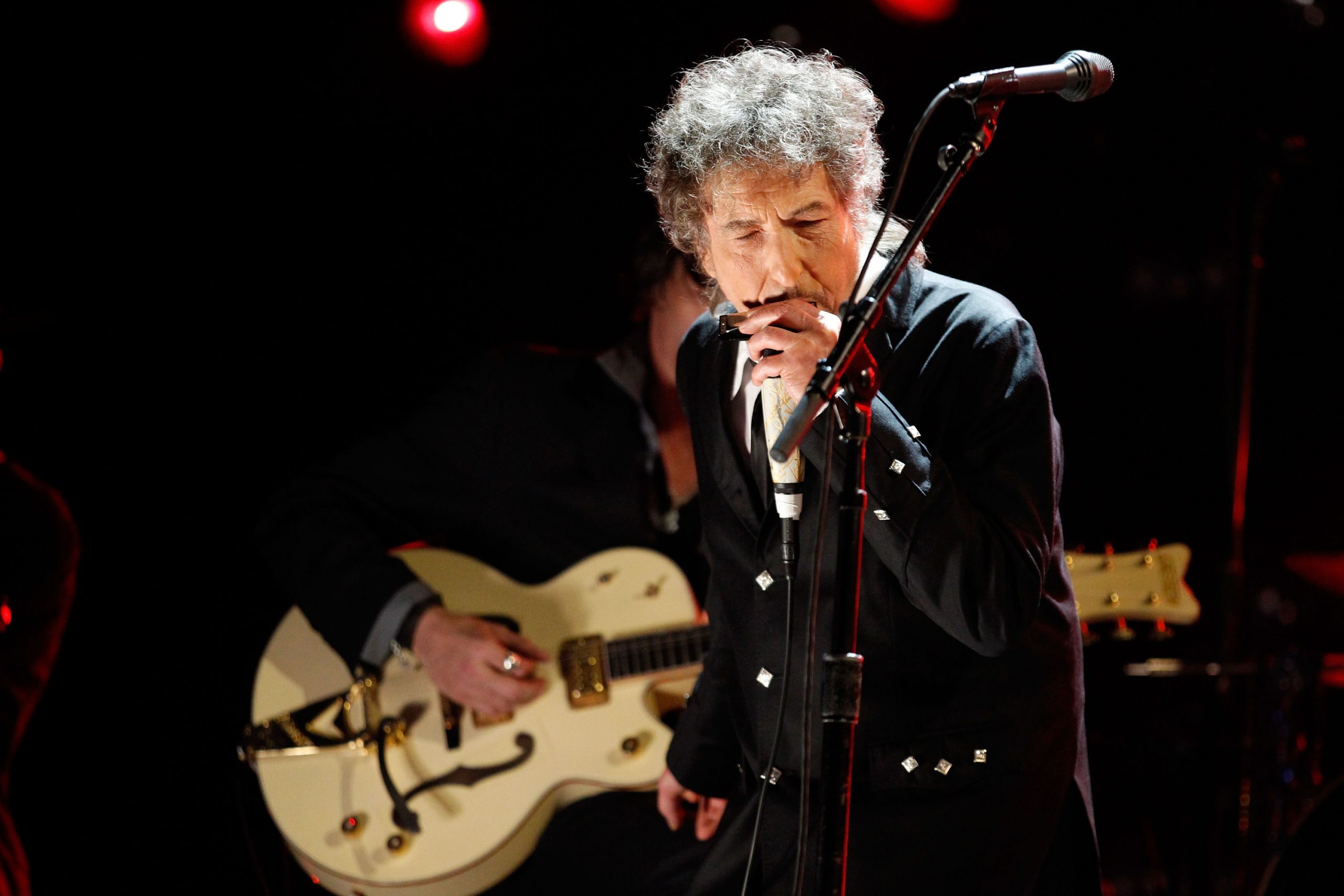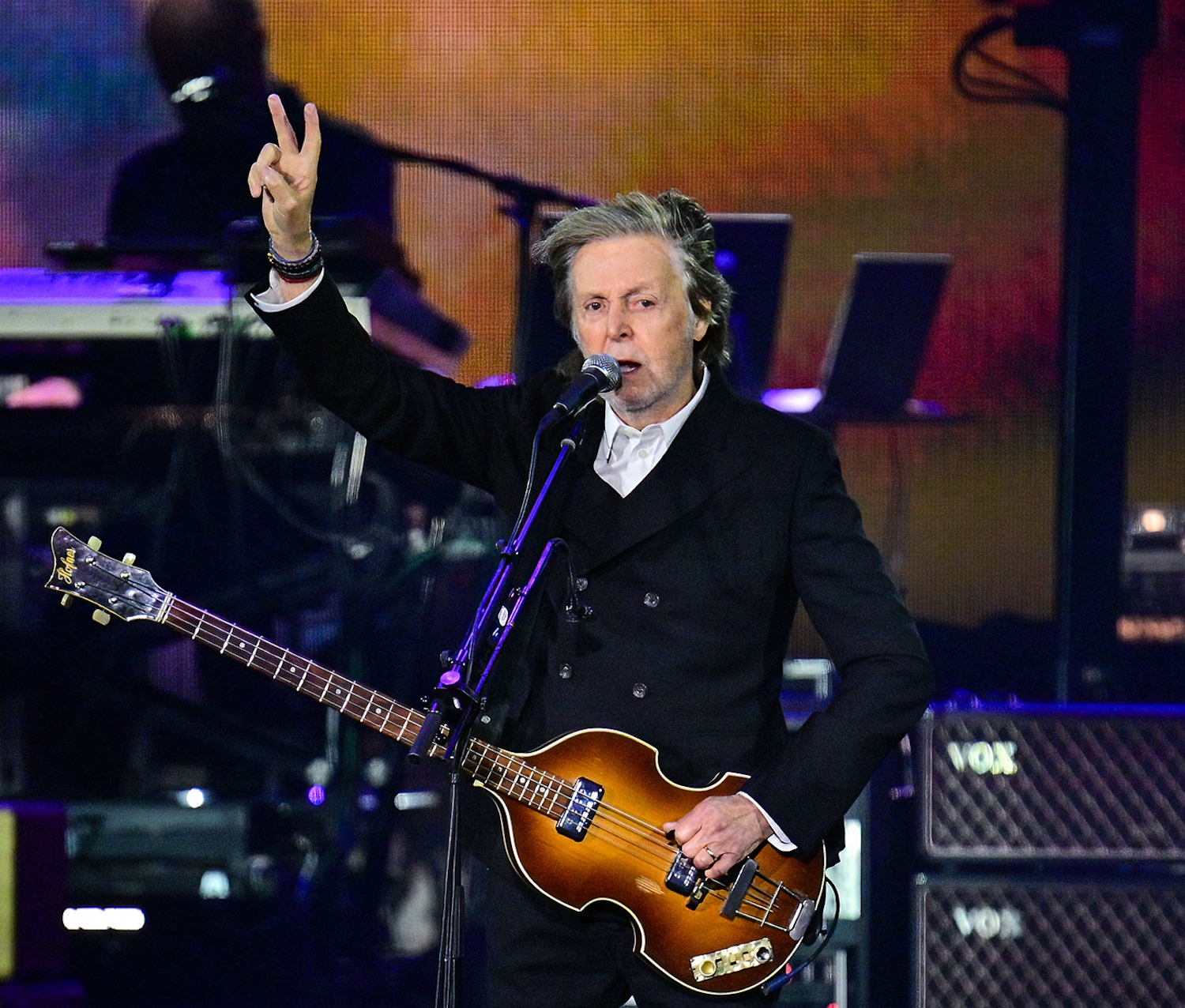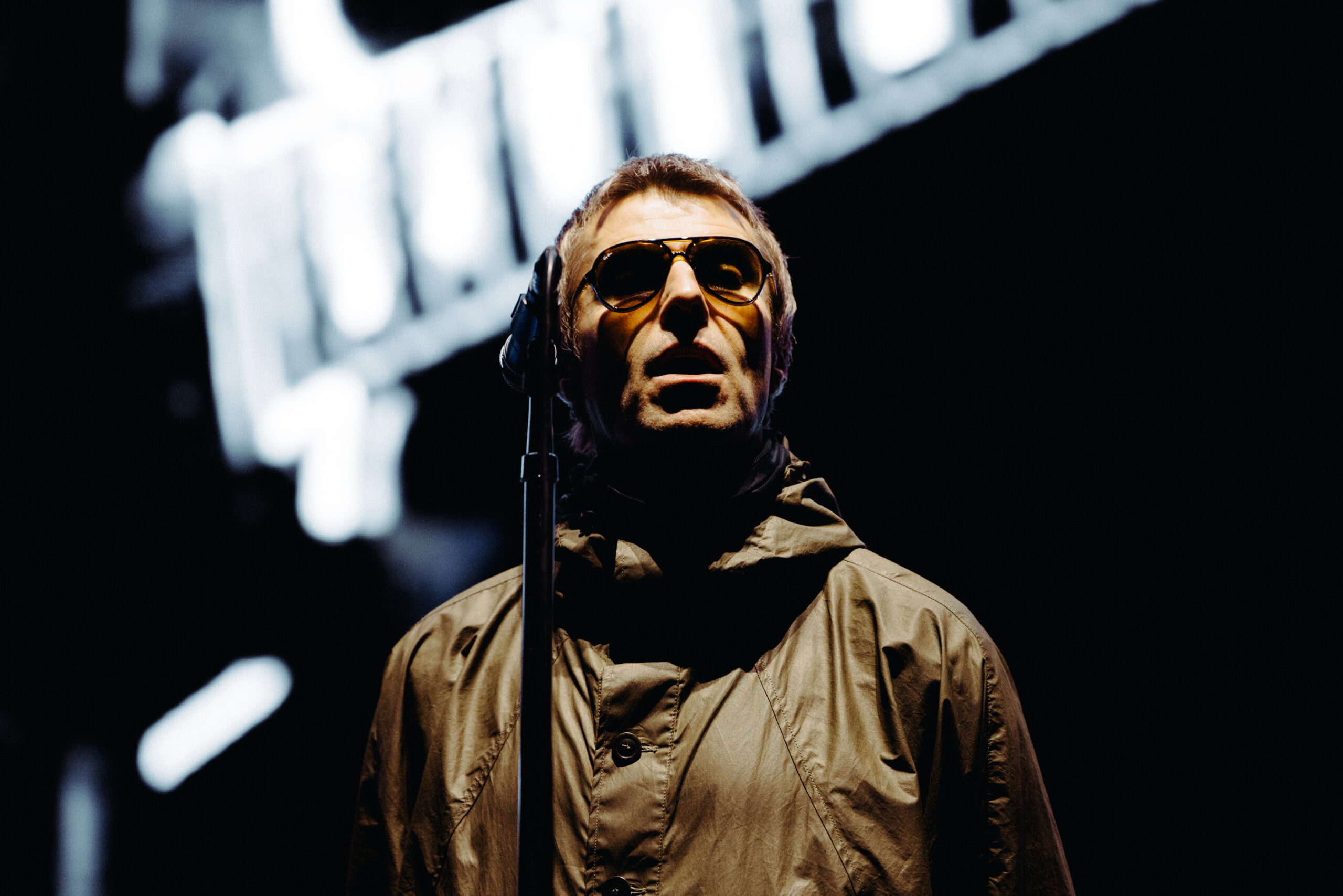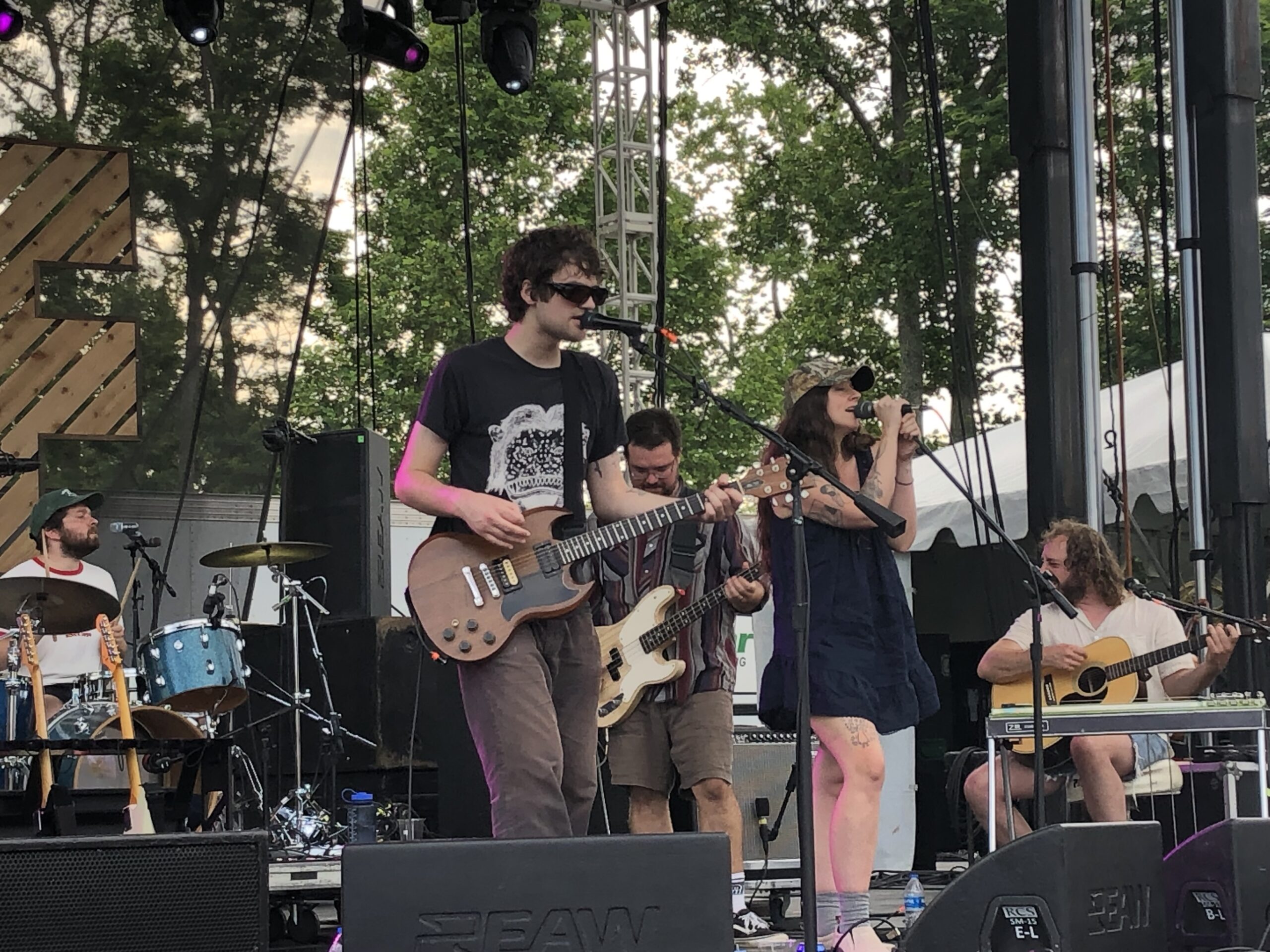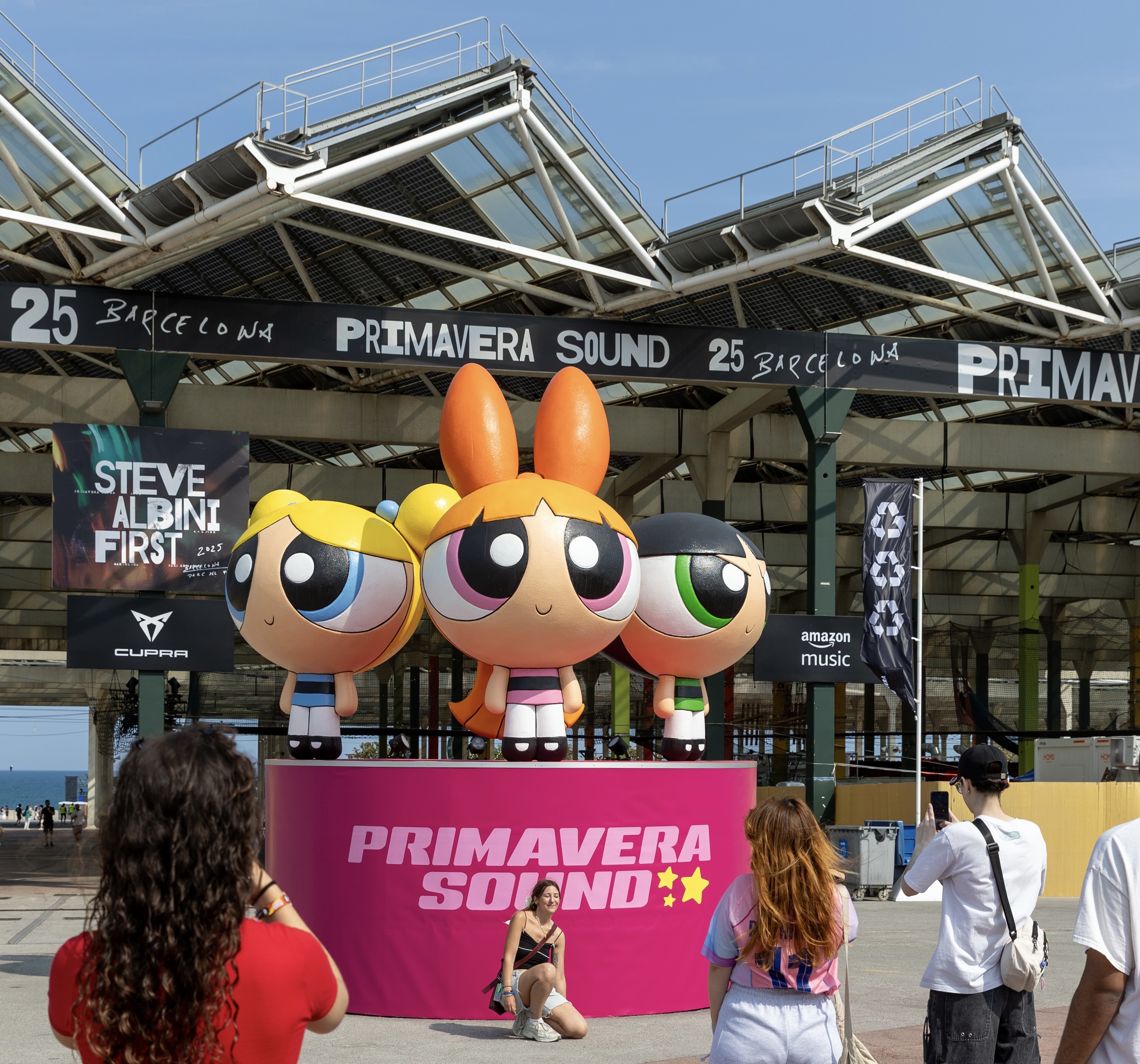This weekend marked the 50th anniversary of the Monterey Pop Festival. You might've noticed headlines recently looking back at Monterey, calling it the moment rock festivals were born. There are too many festivals to keep track of today. Back then, they were oddities and monolithic, singular events. In hindsight, they became watershed, historical moments. Monterey and Woodstock still make their reverberations felt five decades later. It's hard to imagine any festival having anything near that scope today, partially because they're woven into the fabric of the music industry now, and partially because of the attendant over-saturation. Case in point: They held a 50th anniversary Monterey this weekend, with some artists who made tons of sense (Father John Misty and Jim James) and some less desirable inclusions (The Head And The Heart) alongside some of the artists who were there way back when (Eric Burdon and Phil Lesh). And I had totally forgotten this was happening. I was at Firefly instead. Festivals stack up on top of each other like that constantly now.
Specifically: I was at Firefly watching Bob Dylan. And once you consider the anniversary, it was hard not to consider the strangeness of five or more decades having passed in these guys' careers. Did they really think they'd still be doing this in their mid-seventies? Could they have imagined that something like Woodstock would happen basically every weekend of the year in some country or another? Could they have envisioned how mainstream it would become, that finance guys would be backstage with their small children, or that dreadlocked neo-hippies and frat bros would sweat alongside each other against the barriers that keep today's crowds carefully, professionally corralled? I'm willing to bet Dylan barely knows one major festival from another these days. It kinda seems like that guy just shows up and plays wherever they tell him his stage is. Who knows if he felt any particular way looking out at the crowd at Firefly. But from within that crowd? It was something of a head trip to see Dylan -- a walking legend, Nobel Prize winner, one of those humans who's a living capsule of pop history -- on the same stage that Capital Cities had occupied beforehand and the Weeknd would take over later on. The whole thing warped time. Here is Bob Dylan, and here is someone walking by with a Baby Groot totem. Here is Bob Dylan, and there is Kesha in the crowd, a popstar dwarfed into just another attendee amidst generations that came for this guy. (Later, when Kesha was onstage, she called him her hero and said she got to meet him; hopefully she got a hug this time.) It was blisteringly hot and sunny out, and yet Dylan and his band appeared as if from some mythic old America, all decked out in white suits and looking like desert troubadours.
If you've seen Dylan at all in semi-recent times, you know what you're getting. His voice has aged into something else entirely, sounding like he's been alive twice as long as he has. To call it a "weathered, wizened rasp" feels like an understatement. But all the gravel he's accrued over the decades is a fitting voice for the music he plays now -- all tumbling, ragged blues, whether in the '90s and '00s material where he first adopted this latter-day sound or in the contemporary rearrangements of his old classics. That's the other thing you have to know about seeing Dylan: He does not give a shit. Still. It's not quite like seeing any other legacy act from his era. Either you have people who are still wildly massive -- say, a Paul McCartney -- and who are going to show up and deliver the hits, or you have people who have receded but still tour theaters -- say, a Stephen Stills -- and who are going to show up and deliver the hits. But Dylan still exists on his own wavelength. He waltzes onstage, plants himself behind the piano, and plugs along through a set, paying no greater attention to iconic material than he does to the more recent but lesser-known gems. Sure, he'll play "Highway 61 Revisited" and "Ballad Of A Thin Man" and "Don't Think Twice, It's All Right," but you might not even recognize them at first; they'll be skewed slightly to one side, swampy and elemental blues-rock instead of the song you know so well. (This isn't a negative, by the way; the grainy arrangement of "It's All Over Now, Baby Blue" was reminiscent of Them's version, and it was excellent.) And all those old classics sit alongside a healthy amount of latter-day songs you probably won't be familiar with unless you're a fan -- however, he mercifully steered clear of throwing a bunch of Sinatra covers in there.Bob Dylan #bobdylan #dontthinktwiceitsalright
A post shared by Rachel Miller (@livingdeadgirl_93) on
With Dylan, would you really have it any other way? This is what's made him his mercurial self all along. He doesn't speak to the crowd. He doesn't put on any false pretenses or showmanship. He appears, and then he's gone, which is entirely fitting: Watching Dylan, you can almost be unconscious of the weight of the past, of its influence on this present moment right here. It feels nothing like the nostalgia trips of his peers who still seek the rafters; it feels nothing like the more uncomfortable, washed-up situations where '60s artists with beloved hits are playing casino venues. Like always, he exists wherever he is. For almost ninety minutes (Dylan doesn't give a damn about festival-assigned set times, by the way), the thought of being at Firefly or Monterey or wherever receded. You merely felt like you crossed paths with some strange wanderer for a moment, and all you could do was take it in before it passed.A post shared by Ron Ozer (@ronozer) on
